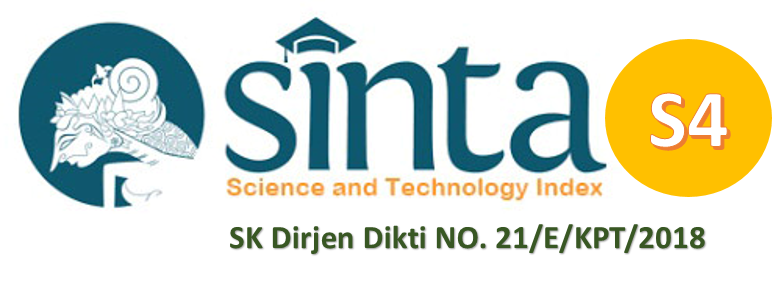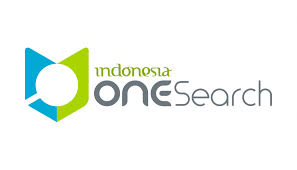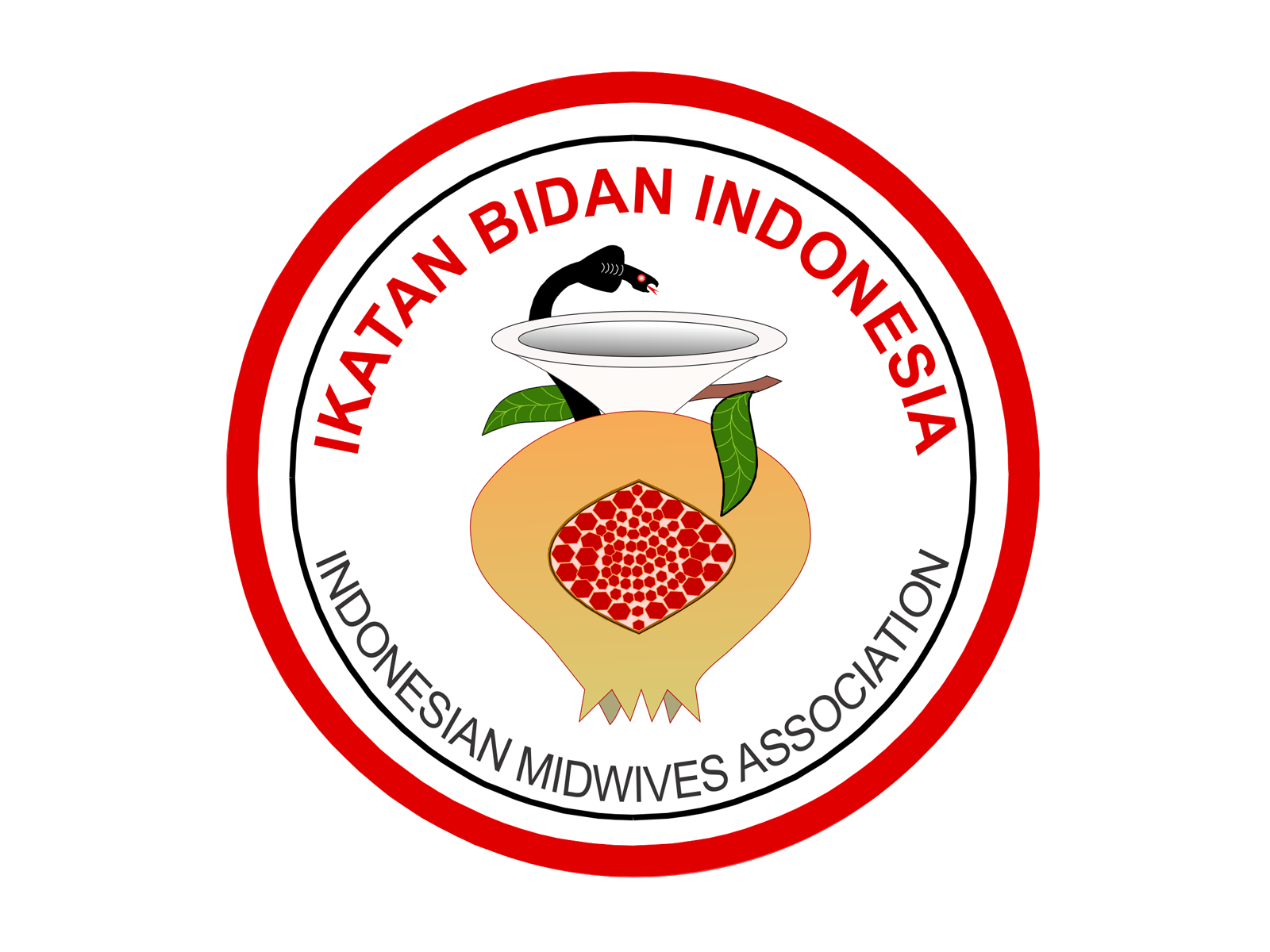PENGARUH JUS CAMPURAN KACANG HIJAU TERHADAP PENINGKATAN HORMON PROLAKTIN DAN BERAT BADAN BAYI
Abstrak
Pemenuhan nutrisi pada ibu menyusui berpengaruh terhadap nilai gizi yang terdapat pada air susu. Tujuan penelitian ini adalah untuk menganalisis pengaruh konsumsi jus campuran kacang hijau (Phaseolus Radiatus) dan daun adas (Foenicumum vulgar L.) pada ibu menyusui berpengaruh terhadap peningkatan hormon prolaktin dan berat badan bayi. Penelitian ini merupakan penelitian eksperimen dengan rancangan Post test only wiht control group desing. Sampel pada penelitian ini berjumlah 30 ibu postpartum hari pertama di Bidan Praktik Mandiri (BPM) Kecamatan Neglasari Kota Tangerang dengan tafsiran persalinan pada bulan Juli-Agustus 2017 yang memenuhi kriteria inklusif terdiri atas 15 responden untuk kelompok yang diberikan jus campuran kacang hujau dan daun adas serta 15 responden untuk kelompok yang tidak diberikan jus tersebut. Pemberian jus dilakukan pada hari pertama sampai hari ke-14 postpartum dengan anjuran konsumsi 2 kali sehari per 300 ml jus. Dilakukan pemeriksaan kadar hormon prolaktin dan pengukuran berat badan bayi pada hari ke-15 postpartum. Rancangan analisis penelitian ini menggunakan uji T serta uji Rank Spearman untuk mencari korelasi dengan bantuan SPSS. Terdapat perbedaan kenaikan berat badan bayi dihari ke-15 pada kedua kelompok perlakuan dengan nilai p<0,05. Berat badan bayi hari ke-15 berkorelasi positif dengan kadar hormon prolaktin, dengan nilai koefisien korelasi 1,00.
Referensi
2. United Nations Children’s Fund (UNICEF). The state of the world’s Children. New York: Author; 2013
3. Riskesdas. Laporan riset kesehatan dasar. Jakarta: Badan Penelitian dan Pengembangan Kesehatan Kementrian Kesehatan RI; 2013
4. RI K. Survei Demografi dan Kesehatan Indonesia (SDKI) 2012. Jakarta: Badan Penelitian dan Pengembangan Kesehatan Kementrian RI. 2012
5. Neville MC, Morton J. Physiology and endocrine change underlying human lactogenesis II. The Journal of Nutrition. 2001;131(11):3005s-8s
6. Caqlar M, Ozer I, Altugan F. Risk factors for excess Weights loss and hypernatremia in exclusively breast-fed infants. Braz J Med Biol Res. 2006;39:4
7. Elaine R. Weighing Guidelines for newborn infants NHS FORTH VALLEY 2014;1-11
8. El Sakka A, Salama M, Salama K. The Effect of Fenugreek Herbal Tea and Palm Dates on Breast Milk Production and Infant Weight. Journal of Pediatric Sciences (ISSN: 1309-1247).2014;6
9. Ahluwalia IB, Morrow B, Hsia J. Why do women stop breastfeeding? Finding from the Pregnancy Risk Assessment and Monitoring System. Pediatrics. 2005; 116 (6):1408-12
10. Penagos Tabares F, Bedoya Jaramillo JV, Ruiz-Cortes ZT. Pharmacological overview of galactogogues. Veterinary medicine international. 2014;2014
11. Brade, W. 1992. A review of influence of breeding, feeding and other factor on milk production and compotition. Animal Research and Development Institute for Scientific Cooperation : Tubingen Vol: 36 p;68-91
12. Othman N, Lamin RAC, Othman CN. Exploring Behavior on the Herbal Galactogogue Usage among Malay Lactating
Please find the rights and licenses in Jurnal Ilmiah Bidan (JIB). By submitting the article/manuscript of the article, the author(s) agree with this policy. No specific document sign-off is required.
1. License
The non-commercial use of the article will be governed by the Creative Commons Attribution license as currently displayed on Creative Commons Attribution-NonCommercial-ShareAlike 4.0 International License.
2. Author(s)' Warranties
The author warrants that the article is original, written by stated author(s), has not been published before, contains no unlawful statements, does not infringe the rights of others, is subject to copyright that is vested exclusively in the author and free of any third party rights, and that any necessary written permissions to quote from other sources have been obtained by the author(s).
3. User/Public Rights
JIB's spirit is to disseminate articles published are as free as possible. Under the Creative Commons license, JIB permits users to copy, distribute, display, and perform the work for non-commercial purposes only. Users will also need to attribute authors and JIB on distributing works in the journal and other media of publications. Unless otherwise stated, the authors are public entities as soon as their articles got published.
4. Rights of Authors
Authors retain all their rights to the published works, such as (but not limited to) the following rights;
- Copyright and other proprietary rights relating to the article, such as patent rights,
- The right to use the substance of the article in own future works, including lectures and books,
- The right to reproduce the article for own purposes,
- The right to self-archive the article (please read out deposit policy),
- The right to enter into separate, additional contractual arrangements for the non-exclusive distribution of the article's published version (e.g., post it to an institutional repository or publish it in a book), with an acknowledgment of its initial publication in this journal (Jurnal Ilmiah Bidan).
5. Co-Authorship
If the article was jointly prepared by more than one author, any authors submitting the manuscript warrants that he/she has been authorized by all co-authors to be agreed on this copyright and license notice (agreement) on their behalf, and agrees to inform his/her co-authors of the terms of this policy. JIB will not be held liable for anything that may arise due to the author(s) internal dispute. JIB will only communicate with the corresponding author.
6. Royalties
Being an open accessed journal and disseminating articles for free under the Creative Commons license term mentioned, author(s) aware that JIB entitles the author(s) to no royalties or other fees.
7. Miscellaneous
JIB will publish the article (or have it published) in the journal if the article’s editorial process is successfully completed. JIB's editors may modify the article to a style of punctuation, spelling, capitalization, referencing and usage that deems appropriate. The author acknowledges that the article may be published so that it will be publicly accessible and such access will be free of charge for the readers as mentioned in point 3.














